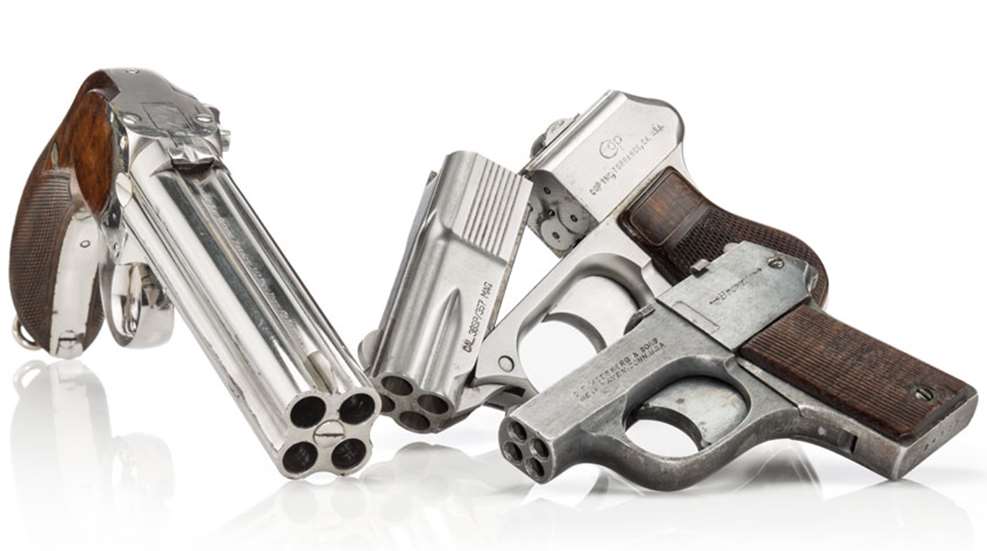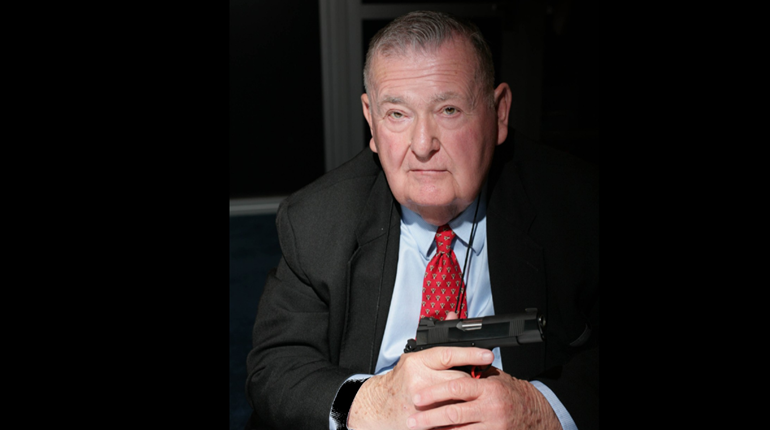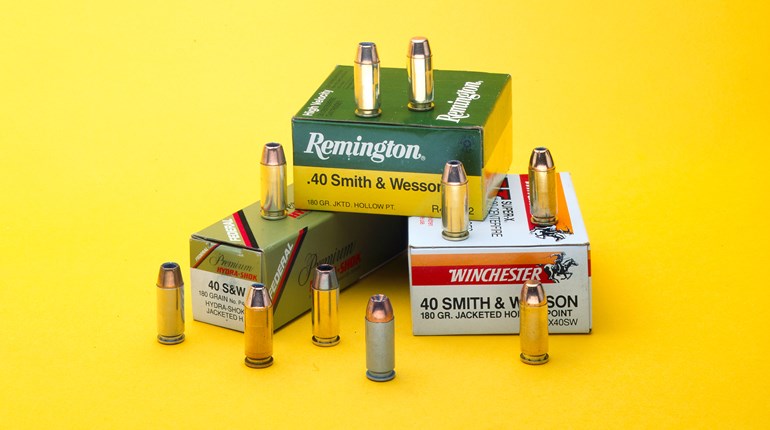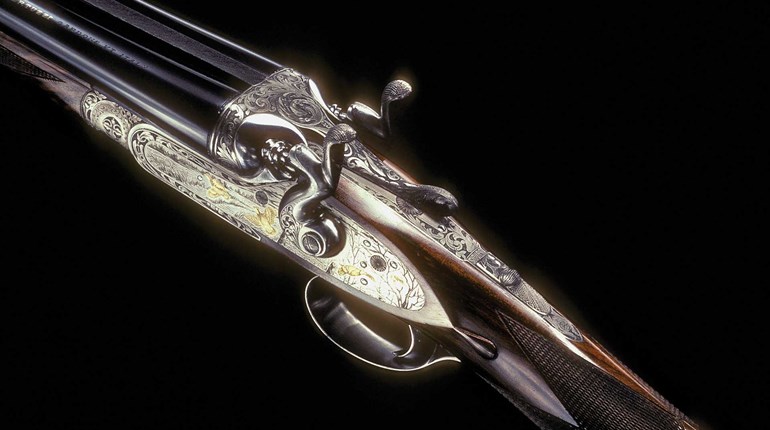
As a teenaged gun guy, I was pretty darned well armed. I had been enthralled with anything that burned gunpowder since my birthdays were expressed in single digits. Those had to be better times, because my parents carefully monitored my interest and allowed firearm ownership as maturity developed. I recall their understanding with great warmth and I can honestly state that I never did anything stupid with a gun. By my early teens, I owned three. First came a Winchester 69A .22 LR, followed by a Remington Model 17 20-gauge pump-action shotgun. The gem of my little armory was a sporterized ’03 Springfield. Of course, there was a glaring omission—there was no handgun. In retrospect, that’s a deplorable state of affairs, which I unsuccessfully pestered Mom and Dad to correct. I understand their concern, as the potential for mischief would have been much greater with a concealable firearm. I had to accept that my first handgun would have to wait for adulthood. Then one day, my dad came home from work and surprised me with my very first handgun.
It was an early Mossberg Brownie .22 LR pistol, and it was broken. (I still have it, and it is still broken.) It was my dad’s way of respecting my interest in guns and telling me, once and for all, that I wasn’t going to get a handgun. So I shut up and studied my newest firearm. Missing the right grip and with a broken mainspring, the little gun was unshootable. Mossberg’s little gun was essentially a four-barreled derringer in.22 LR. The four barrels were positioned with a pair side-by-side and an identical pair below, producing a squared block of barrels. It also had a sliding DAO trigger driving a hammer-like striker, which sequentially struck one of the four firing pins in the breechface. I was convinced that my new armament (albeit unshootable) was a clever innovation that had never been used before.
Multi-barrel guns have a long history in the ongoing development of personal armament. Fixed-barrel four-shooters are only part of that history. Among the first was a handmade caplock made by James Purdey & Sons of England. (I discussed one of these in the September 2014 Fightin’ Iron column.) There may have been even earlier guns of this type, but the Purdey was a beauty.
A more-practical style of quad-barrel appeared on the scene a few years after the advent of metallic cartridges. An old-line London gunmaking firm named Charles Lancaster and Son introduced a series of four-barreled handguns that were chambered for several different cartridges. The larger ones (.455 and .476) were designed for early British revolvers, but adapted well to this platform. Lancaster also made two kinds of over-and-under, two-barreled guns, as well as three different sizes of the four-barreled variants. Obviously, Lancasters in the big calibers were heavy guns. British officers going out to ensure the sun continued to shine on Victoria’s empire often chose these over some pretty decent revolvers. This was the heyday of blackpowder small arms, well-known for extensive fouling so bad, it would cause revolvers to stop functioning until cleaned.
Lancasters had a notable advantage in that the spurless hammer was completely enclosed by the steel of the pistol’s frame. There was no cylinder to turn, nor was there a slide to run back and forth. The striker turned 90 degrees internally when the shooter squeezed one off. With no access to the working mechanism, the inevitable battlefield crud had small chance to get into the mechanism. Obviously, there were disadvantages in the considerable weight, which made the Lancaster a tough carry.
Several small, quad-barrel rimfire guns came along around the turn of the 20th century. The odd-looking little Shattuck pistol fired a quartet of .22s and was partially developed by a gent named O.F. Mossberg. When he started his own company in 1920, his first product was the Mossberg Brownie. A pistol designed for trappers to dispatch animals, the Brownie cost $5 at its introduction.
Back when the average gunfight was an abrupt and quick affair, only a few rounds could be enough to get the job done, which was the position taken by an under-appreciated designer. Bob Hillberg brought the four-banger style into the troubled 20th century with the COP. It weighed 28 ounces, measured about 5x4x1 inches and delivered four rounds of .357 Mag. Made of stainless steel and with minimized edges and corners, the COP was a powerful little brute and I carried mine often. It had no real function other than as fightin’ Iron.




































